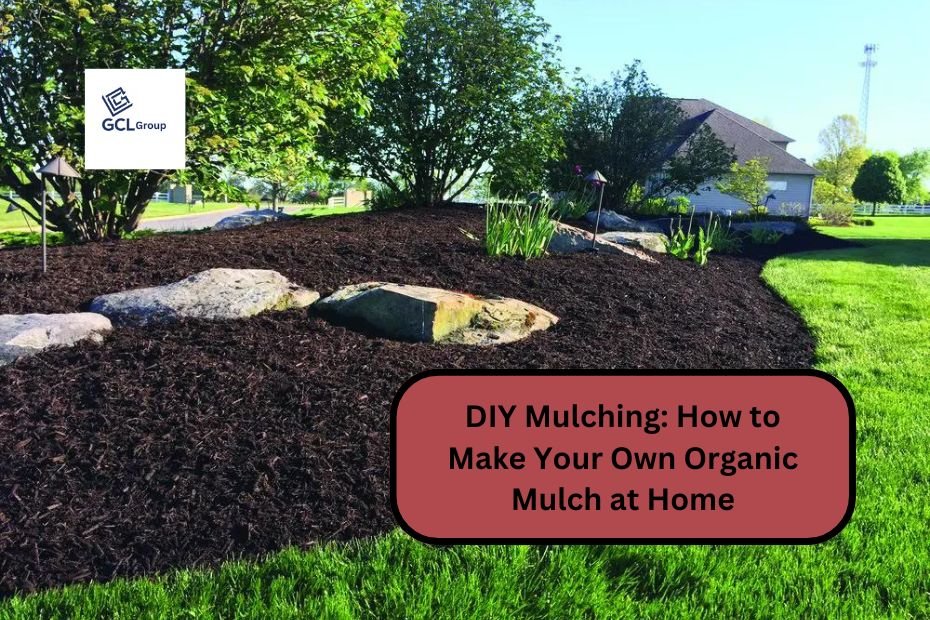Mulching is an essential practice in gardening and landscaping that offers numerous benefits, including moisture retention, temperature regulation, weed suppression, and improved soil health. While many gardeners purchase commercial mulch, making your own organic mulch at home can be both cost-effective and environmentally friendly. In this comprehensive guide, we’ll explore the various methods of creating organic mulch, the materials you can use, and how to apply it effectively.
What is Mulch?
Mulch is any material applied to the surface of soil to enhance its health and appearance. Organic mulches are made from natural materials that decompose over time, enriching the soil with nutrients. Common organic mulches include wood chips, straw, grass clippings, leaves, and compost.
Benefits of Mulching
Before diving into the DIY process, let’s look at some benefits of mulching:
- Moisture Retention: Mulch helps to retain moisture in the soil, reducing the need for frequent watering.
- Temperature Regulation: It insulates the soil, keeping it warmer in winter and cooler in summer.
- Weed Suppression: A thick layer of mulch can block sunlight, inhibiting weed growth.
- Soil Health Improvement: As organic mulch breaks down, it adds valuable nutrients back into the soil.
- Aesthetic Appeal: Mulching enhances the appearance of your garden, providing a neat and tidy look.
Types of Organic Materials for Mulch
1. Grass Clippings
Grass clippings are an excellent source of nitrogen and break down quickly. They should be applied in thin layers to avoid matting and creating a barrier that prevents water from penetrating.
2. Leaves
Shredded leaves make a great mulch that is rich in nutrients. They decompose slowly, providing long-lasting benefits. To prevent them from blowing away, consider shredding them before applying.
3. Wood Chips and Bark
Wood chips and shredded bark are ideal for pathways and perennial beds. They provide a more textured look and can last several years before needing replacement.
4. Straw
Straw is lightweight, easy to spread, and an excellent mulch for vegetable gardens. It breaks down slowly, helping to retain soil moisture.
5. Compost
Using compost as mulch enriches the soil with nutrients. It’s best to apply a thin layer to avoid smothering plants.
6. Pine Needles
Pine needles, or pine straw, provide a beautiful, natural mulch. They decompose slowly and are particularly effective in acid-loving plants like blueberries and azaleas.
How to Make Your Own Organic Mulch
Step 1: Gather Materials
Collect your desired organic materials. You may want to mix and match different types for the best results. For instance, combining leaves and grass clippings can provide a balanced nutrient profile.
Step 2: Shred or Chop Materials
To speed up decomposition, it’s helpful to shred or chop larger materials. Use a lawnmower, leaf shredder, or garden shears to create smaller pieces.
Step 3: Composting (Optional)
If you have the time and resources, consider composting your materials first. This process will enrich the mulch and help it break down faster once applied to the garden.
Step 4: Application
Apply your mulch around plants, ensuring to leave some space around the stems to prevent rot. A layer of 2-4 inches is typically recommended.
Step 5: Maintenance
As the mulch decomposes, replenish it as needed. Depending on the materials used, you may need to add new mulch every year or two.
Tips for Effective Mulching
- Choose the Right Material: Consider the needs of your plants when selecting mulch. Some plants thrive with specific types of organic matter.
- Avoid Weeds: To further suppress weeds, lay down cardboard or newspaper before applying mulch.
- Water Before Mulching: Ensure the soil is moist before applying mulch for better moisture retention.
Common Mistakes to Avoid
- Using Too Much Mulch: A thick layer can suffocate plants and impede water absorption.
- Not Shredding Materials: Larger pieces take longer to break down, delaying the benefits of mulching.
- Ignoring Maintenance: Decomposed mulch needs to be replenished regularly to maintain its effectiveness.
Conclusion
Creating your own organic mulch at home is a simple and rewarding task that can greatly benefit your garden. By using readily available materials, you can improve soil health, conserve moisture, and enhance the overall appearance of your landscape. Remember to experiment with different materials and techniques to find what works best for your specific gardening needs.
Mulching not only supports plant growth but also contributes to a more sustainable gardening practice. So, gather your materials, get started on your DIY mulch project, and enjoy the myriad benefits it brings to your garden!
| Home | Click Here |
| Category | Click Here |

